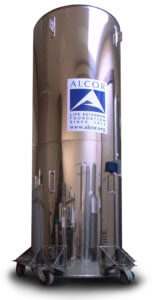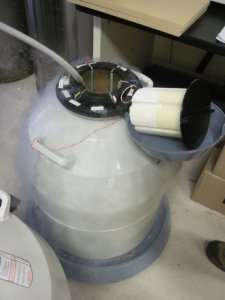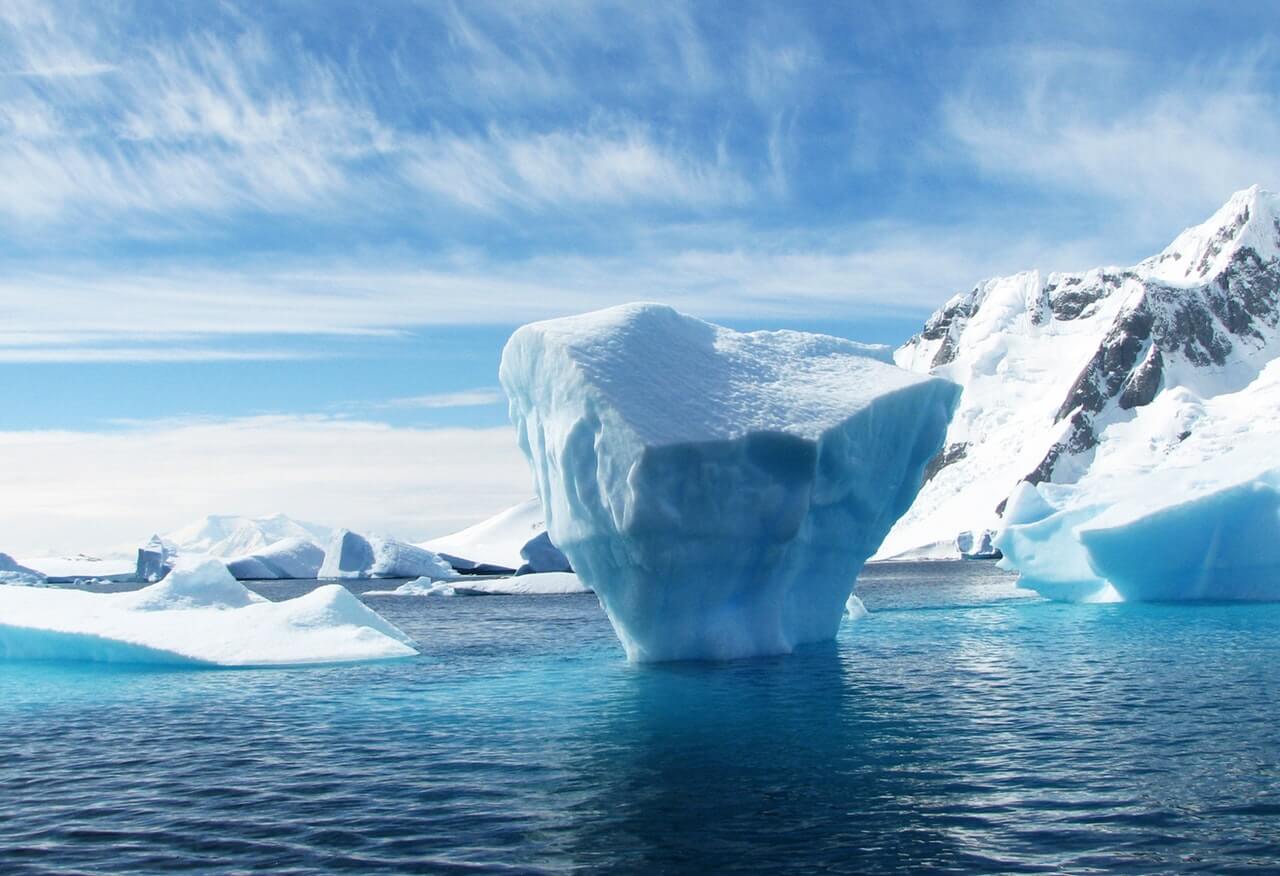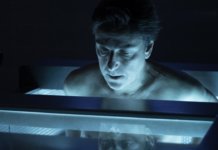Cryonics as a tool for longevity and transhumanism
Cryonics, or cryogenization, or cryopreservation, is a technique that consists of extremely cooling a body’s tissues in order to preserve them. Some companies offer their customers to be cryogenically frozen in the hope that the medical techniques of the future can save them from an incurable disease or simply from aging.
It was in 1967 that James Bedford became the first cryonized human after his death. In the 1980s, Greg Fahy and William F. Rall began to use the method for cryopreservation of reproductive cells.
Currently, only cells, tissues and some organs can be reversibly cryopreserved.
The application of this practice to human bodies is controversial, as we are not yet able to reverse the process of removing an organism from its state of cryony.
In the United States and Russia, the procedure can only be performed after the patient’s clinical death. It is prohibited in most countries.

How cryonics work: stopping “post-mortem aging”
Cryonics are a cryopreservation method that will place the body below -130°C and therefore require cryopreservatives, such as an antifreeze, to prevent the formation of ice crystals in the cells. This is called vitrification. This method increases the viscosity of the medium and prevents crystallization, while being accompanied by a control on the cooling rate of the tissues (0.2 to 2.5°C/min)[1].
Unfortunately, conventional cryopreservatives, often toxic in high doses for the cells, are often used. This is why cryonics companies develop their own injectable cryopreservation solutions, such as the M22 solution. [2].
The bodies are then immersed in liquid nitrogen tanks that are regularly replenished. Most often upside down to maximize the chances of preservation in the event of a problem, holes may be drilled in the skull to prevent pressure from building up. The speed of patient management is critical for the maximum preservation of the body, or brain, and is accompanied by an organization of recovery and preservation of the body pending vitrification. It is indeed possible to choose to keep only your head.
Advances in cryopreservation: a new hope for transhumanism?

Research is advancing to someday successfully reverse the process : a kidney was cryopreserved in 2009, then brought to room temperature and transplanted into a rabbit which, despite various complications shortly after transplantation, was able to enjoy a functional kidney until it was euthanized 48 days later. [3]
The cryopreservation of the kidney is considered complex due to its characteristic vascularization, so this represents a definite advance in the field.
In addition to the attractions of temporal suspension that it can represent, the development of cryopreservation technologies is also of interest, if only for the “preventive” preservation of organs and their transport for transplantation.
Cryonic methods are therefore technologies that deserve to be studied, if only for the study of the methods used, and the potential for organ conservation in the field of medicine.
Regarding human vitrification, it is a bet on the future. At least, this presents a hope of resuscitation, seized among other things by a teenager who died of cancer in 2016[4].
However, what would the life of a human cryogenized for decades look like when he wakes up in a world he no longer recognizes?
Combating aging seems to be a less risky path, but some people obviously don’t have time to wait.
Louis Kokkinis

Author
Auteur
Louis is responsible for the vulgarization of articles and scientific watch for Long Long Life.
He is currently studying biology remotely at Aix-Marseille University. He also works on multiple biotechnology and engineering projects.
More about the Long Long Life team
Louis est responsable de la rédaction d’articles de vulgarisation et de veille scientifique pour Long Long Life. Il étudie la biologie à distance à l’université d’Aix Marseille. Il est également porteur de plusieurs projets de biotechnologies et ingénierie.
En savoir plus sur l’équipe de Long Long Life
References:
[1] Gregory M.Fahy, Joseph Saur, Robert J.Williams. Physical problems with the vitrification of large biological systems. Volume 27, Issue 5, October 1990, Pages 492-510.
[2] Phatak S, Natesan H, Choi J, Brockbank KGM, Bischof JC. Measurement of Specific Heat and Crystallization in VS55, DP6, and M22 Cryoprotectant Systems With and Without Sucrose. Biopreserv Biobank. 2018 Aug;16(4):270-277.
[3] Gregory M Fahy et Al., Physical and biological aspects of renal vitrification. Organogenesis. 2009 Jul-Sep; 5(3): 167–175.
[4] The Guardian. (2016/nov/18) 14-year-old girl who died of cancer wins right to be cryogenically frozen



![[Video] Eurosymposium on Healthy Ageing, Brussels, 2018 Eurosymposium on Healthy Aging](https://www.longlonglife.org/wp-content/uploads/2019/07/P1310252-218x150.jpg)









![[Video] The 9 Causes of Aging, Episode 8, Stem Cells – with Dr. Guilhem Velvé Casquillas cellules souches long long life transhumanisme longévité vieillissement arcade](https://www.longlonglife.org/wp-content/uploads/2019/05/cellules-souches-long-long-life-transhumanisme-longévité-vieillissement-arcade-324x160.png)
